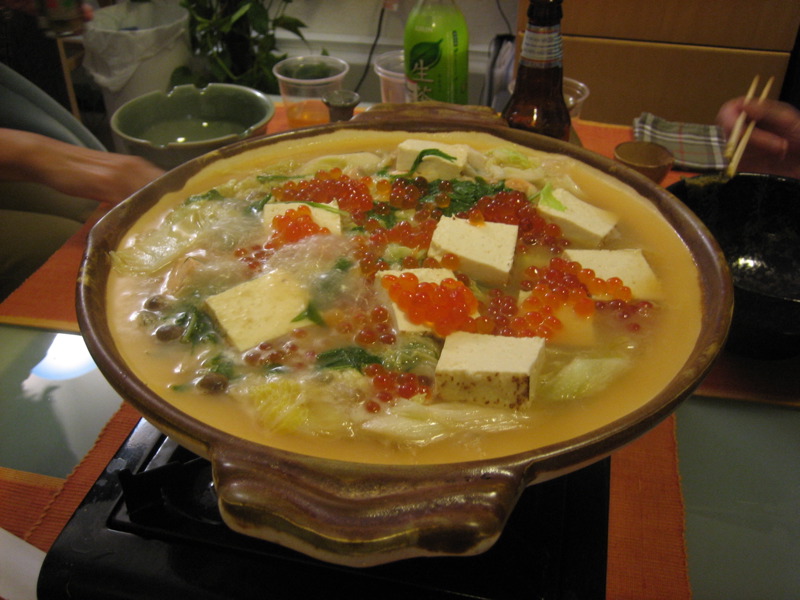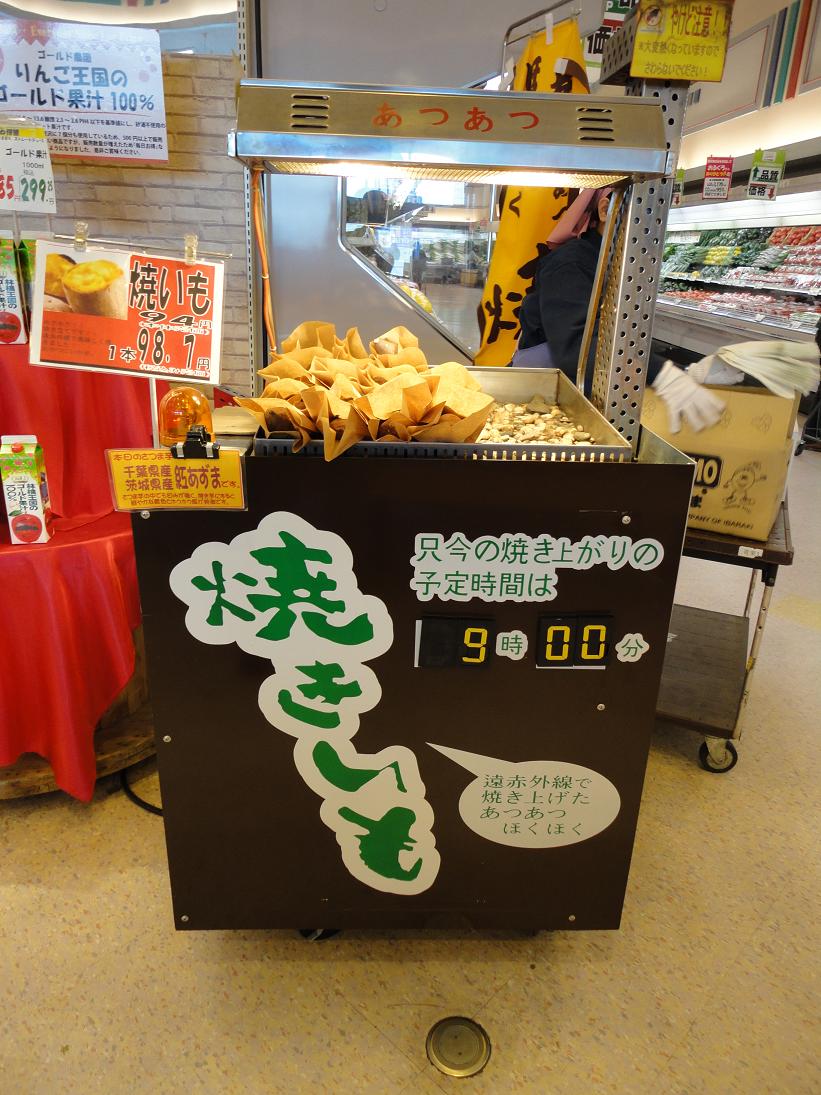2018 has come and gone in what feels like a very short time. I thought it would be fun to look back on the year in terms of my Japanese learning, which will help inform my goals for 2019.
I didn’t want to make this post too long and boring so I have chosen to write about two things that I think have gone well this year and two things that I need to work on for next year.
The Good: Developing a better Japanese reading habit
I am slowly working my way through a pile of Japanese novels that I have on my bookshelf, which is a very nice feeling. I try to pick books that are manageable for my current level, as I use the tadoku approach to learning. You can see some of the books I have read this year from my Tadoku Tuesdays posts:
I use Bookmeter (basically the Japanese version of Goodreads) to track the books I am reading/have read/ want to read, which has been very helpful.
I’ve also picked up some helpful tips and book recommendations from other bloggers such as Inhae’s blog Inside That Japanese Book. This has really kept me motivated to keep reading (and more importantly, finishing) books.
I feel that reading more has generally helped me with all aspects of Japanese, but mostly with learning to recognise grammar and vocabulary in a wider range of contexts. Reading speed is really important for the JLPT and obviously reading more has helped with that too.
Reading physical books, in particular, is a great way to wind down at the end of the day, and more importantly means I am not staring at a mobile phone/tablet/computer screen. This is definitely something I want to keep up next year.
Rediscovering Japanese Music
I used to be really interested in Japanese music but I have been listening to way more podcasts* than music in the last couple of years. I spent some time this year catching up with the artists that I used to listen to a lot, which was a lot of fun 🙂
I can’t believe I forgot how catchy this song is!
There’s a lot of great Japanese artists that can be hard to find beyond the idol stuff, especially if you are new to the language. This is what inspired the 15 Easy Japanese songs post, and later the Japanese Music Mondays series on Instagram and Facebook.
It’s so important to have fun with the language you are learning, and I think music is a highly accessible way to do just that. This is definitely something I will write about next year – in fact, I am already working on a couple of follow up posts about Japanese music for next year as well. Another benefit of this is that I have spent more time on Japanese websites reading about new artists and new music releases.
The Not-So-Good: Kanji kanji kanji (and writing in general)
Improving my Japanese writing was one of my aims for the year, but I haven’t been as good at writing consistently. I have struggled the most with kanji since I fell off the Anki bandwagon a few months back. Because I read regularly, my kanji recognition is OK but when writing in my journal I spend a lot of time looking up how to write kanji which I used to know.
My aim for next year is to make sure I stay on top of my kanji practice. I am making a new set of physical kanji cards and review a smaller amount of Anki cards daily.

The act of writing kanji helps me remember them more effectively so I will be doing more kanji writing practice. I recently found my Kanji Kentei game for the 3DS (an educational “game” aimed at Japanese people reviewing their kanji) so I have been using that to revise kanji too.
Scheduling Japanese practice
This year has been fairly busy, which means that I have had to work harder to make sure I am getting my daily Japanese practice. As a result, I have become much more interested in productivity and habit-forming, which I have written a few different posts about:
- Habits over goals
- 3 Tips for Simplifying your language learning routine
- Studying more effectively with the Pomodoro technique
The Pomodoro technique has been incredibly helpful in getting stuff done, especially when it comes to writing blog posts. I have also found tracking my progress on an app (I use Habitica) has helped keep me accountable too.
Unfortunately, there have been some days when I realise as I am falling asleep that I haven’t done anything Japanese related at all. Of course, those days are inevitable sometimes but I want to make sure I can have as few of these as possible. 2019 is looking to be an even busier year for me, so I want to make the most of it!
I have been doing some research into timeboxing and how I can use this to make sure I am working towards all of my goals, not just language learning.
Looking forward to 2019
I am planning on some changes to the blog in the very near future, so watch this space. The plan is to keep posting on a weekly basis, and potentially a bit more often if time allows.
I haven’t yet finalised my Japanese learning goals for 2019, but so far I want to read at least one novel a month, and to sit the JLPT N1 by the end of the year.
Have you decided on your language goals for next year? What are they? Please tell me in the comments!
PS. As this will most likely be my last post of 2018 (and my 100th post!!), I want to end this post by thanking everyone who reads this blog. At the start of this year, I had only been posting for a few months and I had no idea how many more people from all over the world would be reading, liking and commenting on the blog. I am genuinely thankful and will keep working hard!
PPS. Happy Holidays 🙂






















